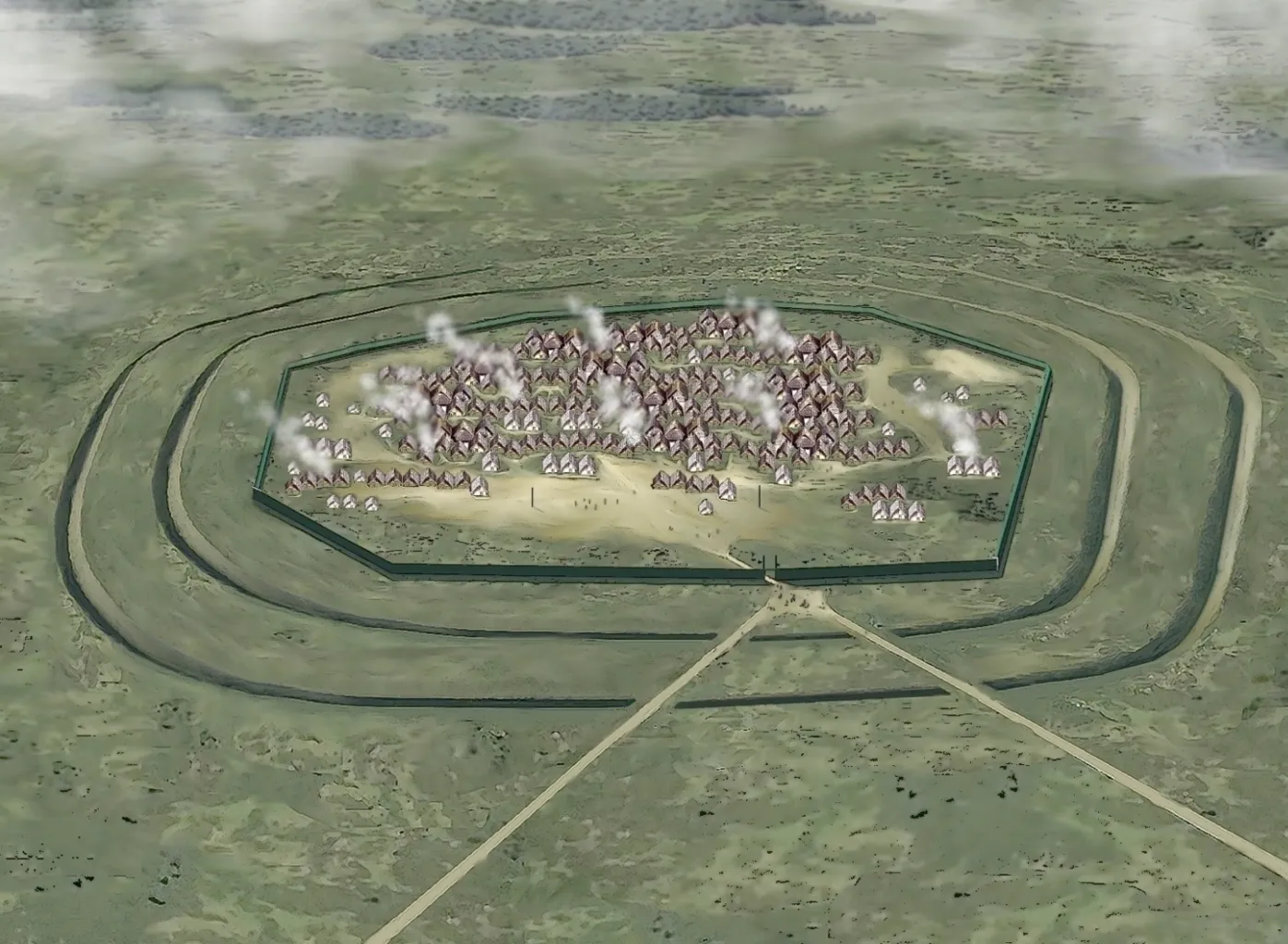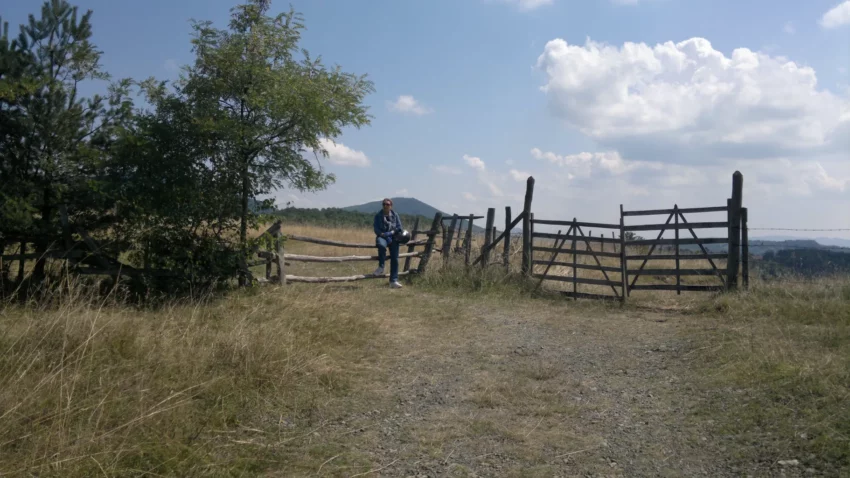Okolište: A Neolithic Site of Great Significance
Okolište, located in present-day Bosnia and Herzegovina, stands as a significant Neolithic archaeological site. This site offers valuable insights into early human settlement and societal development in the region. Researchers have extensively studied Okolište, revealing a wealth of information about its inhabitants and their way of life.
Get your dose of History via Email
Discovery and Excavation
Archaeologists discovered Okolište in the early 2000s. Systematic excavations began soon after, led by teams from Germany and Bosnia and Herzegovina. These excavations have unearthed a large settlement dating back to around 5200 BC. The site covers approximately 7 hectares, making it one of the largest Neolithic settlements in the Balkans.
Settlement Structure
The settlement at Okolište features a well-organized layout. Researchers have identified numerous rectangular houses, each with distinct living and working areas. The houses were built using wattle and daub construction techniques. This method involved weaving wooden branches and covering them with a mixture of clay and straw. The settlement also includes communal spaces, suggesting a complex social structure.

Material Culture
Artifacts found at Okolište provide a glimpse into the daily lives of its inhabitants. Pottery remains one of the most common finds. The pottery features intricate designs and serves both functional and decorative purposes. Tools made from stone, bone, and antler have also been discovered. These tools indicate advanced skills in crafting and resource utilization.
Agriculture and Economy
The people of Okolište practiced mixed farming. They cultivated crops such as wheat, barley, and legumes. They also raised livestock, including cattle, sheep, and pigs. This combination of agriculture and animal husbandry suggests a stable and sustainable economy. Additionally, evidence of trade with neighboring regions has been found. This includes the exchange of goods such as pottery and stone tools.
Social Organization
The layout of Okolište and the distribution of artifacts suggest a hierarchical social structure. Some houses are larger and contain more valuable items, indicating higher status. Communal spaces and shared resources point to a cooperative community. The presence of specialized tools and workshops suggests the existence of skilled craftsmen.
Conclusion
Okolište offers a rich and detailed picture of Neolithic life in the Balkans. Its well-preserved structures and artifacts provide valuable information about early human settlement, economy, and social organization. Continued research at Okolište will undoubtedly yield further insights into this fascinating period of human history.
Sources:

